Do you have a question about the Yamaha MSR800W and is the answer not in the manual?
Essential service, safety, and chemical content notices for product handling and maintenance.
Specific instructions for connecting the mains lead in the UK, detailing wire color to terminal mapping.
Lists overall product type, speaker, frequency range, output level, dimensions, weight, and accessories.
Details maximum output power, input sensitivity, controls, connectors, and indicators for the amp unit.
Displays frequency response characteristics of the subwoofer at various cutoff frequencies.
Identifies and labels controls and connectors on the rear panel of the subwoofer.
Illustrates the internal placement of key circuit boards like AMP, MIX, INPUT, and SW.
Provides detailed measurements (width, height, depth, diameter) of the subwoofer unit.
Shows the internal wiring connections for specific model versions of the subwoofer.
Details specific wiring connections applicable to the 'J' model version.
Illustrates the functional block diagrams for integrated circuits like TL072CP, NJM2068L-D, and NJM4580L.
Step-by-step guide for removing the woofer, including screw identification and connector disconnection.
Instructions for removing the amplifier assembly, detailing screw counts and visual references.
Guide to safely remove the power transformer, referencing associated bolts and diagrams.
Steps for removing the AMP, INPUT, and other circuit boards, noting screw counts and connector disconnections.
Procedures for removing MIX, SW, AC INLET, and HARM circuit boards, including screw and connector details.
Detailed schematic diagrams of the AMP and INPUT circuit boards, showing component layouts.
Further detailed layout and component placement for the INPUT circuit board.
Schematic diagrams illustrating the component layout for MIX, SW, AC INLET, and HARM circuit boards.
Specifies the required voltage, resistance, control settings, and temperature for accurate product testing.
Details checks for power-on muting time, POWER indicator, and idling current adjustment procedures.
Procedures for testing the PEAK/LIMIT indicator, PHASE switch functionality, and protection circuit response.
A key defining abbreviations used for different country or regional model destinations.
Important notes regarding special parts, availability, and part number conventions in the parts list.
An illustrated exploded view showing the assembly of the subwoofer unit with numbered components.
A detailed diagram showing the arrangement of parts within the amplifier assembly, labeled with letters.
A comprehensive list of electrical components including circuit boards, capacitors, transistors, and connectors with part numbers.
Continues the list of electrical components, detailing resistors, capacitors, and other parts with specifications.
Further lists electrical components such as transistors, diodes, ICs, and connectors with their respective part numbers.
Continues listing electrical components including capacitors, diodes, and connectors with specifications.
Lists electrical components like diodes, transistors, and fuses, providing part numbers and remarks.
Lists electrical components, primarily resistors and flame-proof resistors, with detailed specifications.
Lists various electrical components such as resistors, relays, potentiometers, and circuit boards.
Lists specific power transformer part numbers for different destinations and AC cord options.
A high-level block diagram showing the interconnections of major functional units like INPUT, MIX, AMP, SW, HARM, AC INLET.
Detailed schematic diagram for the amplifier section, including component part numbers and designations.
Detailed schematic diagram for the mixer section, showing operational amplifiers and control signal paths.
Detailed schematic diagram for the input section, illustrating signal processing and connector interfaces.
Schematic diagrams for AC inlet, switch, and harm circuits, including power supply and protection elements.
Essential service, safety, and chemical content notices for product handling and maintenance.
Specific instructions for connecting the mains lead in the UK, detailing wire color to terminal mapping.
Lists overall product type, speaker, frequency range, output level, dimensions, weight, and accessories.
Details maximum output power, input sensitivity, controls, connectors, and indicators for the amp unit.
Displays frequency response characteristics of the subwoofer at various cutoff frequencies.
Identifies and labels controls and connectors on the rear panel of the subwoofer.
Illustrates the internal placement of key circuit boards like AMP, MIX, INPUT, and SW.
Provides detailed measurements (width, height, depth, diameter) of the subwoofer unit.
Shows the internal wiring connections for specific model versions of the subwoofer.
Details specific wiring connections applicable to the 'J' model version.
Illustrates the functional block diagrams for integrated circuits like TL072CP, NJM2068L-D, and NJM4580L.
Step-by-step guide for removing the woofer, including screw identification and connector disconnection.
Instructions for removing the amplifier assembly, detailing screw counts and visual references.
Guide to safely remove the power transformer, referencing associated bolts and diagrams.
Steps for removing the AMP, INPUT, and other circuit boards, noting screw counts and connector disconnections.
Procedures for removing MIX, SW, AC INLET, and HARM circuit boards, including screw and connector details.
Detailed schematic diagrams of the AMP and INPUT circuit boards, showing component layouts.
Further detailed layout and component placement for the INPUT circuit board.
Schematic diagrams illustrating the component layout for MIX, SW, AC INLET, and HARM circuit boards.
Specifies the required voltage, resistance, control settings, and temperature for accurate product testing.
Details checks for power-on muting time, POWER indicator, and idling current adjustment procedures.
Procedures for testing the PEAK/LIMIT indicator, PHASE switch functionality, and protection circuit response.
A key defining abbreviations used for different country or regional model destinations.
Important notes regarding special parts, availability, and part number conventions in the parts list.
An illustrated exploded view showing the assembly of the subwoofer unit with numbered components.
A detailed diagram showing the arrangement of parts within the amplifier assembly, labeled with letters.
A comprehensive list of electrical components including circuit boards, capacitors, transistors, and connectors with part numbers.
Continues the list of electrical components, detailing resistors, capacitors, and other parts with specifications.
Further lists electrical components such as transistors, diodes, ICs, and connectors with their respective part numbers.
Continues listing electrical components including capacitors, diodes, and connectors with specifications.
Lists electrical components like diodes, transistors, and fuses, providing part numbers and remarks.
Lists electrical components, primarily resistors and flame-proof resistors, with detailed specifications.
Lists various electrical components such as resistors, relays, potentiometers, and circuit boards.
Lists specific power transformer part numbers for different destinations and AC cord options.
A high-level block diagram showing the interconnections of major functional units like INPUT, MIX, AMP, SW, HARM, AC INLET.
Detailed schematic diagram for the amplifier section, including component part numbers and designations.
Detailed schematic diagram for the mixer section, showing operational amplifiers and control signal paths.
Detailed schematic diagram for the input section, illustrating signal processing and connector interfaces.
Schematic diagrams for AC inlet, switch, and harm circuits, including power supply and protection elements.
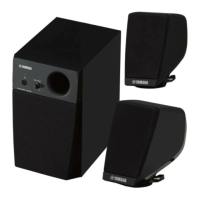
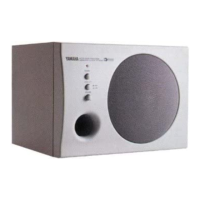
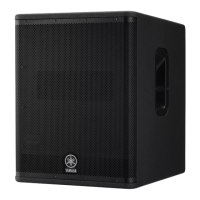


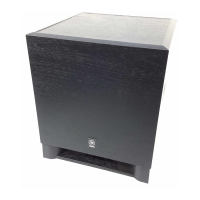

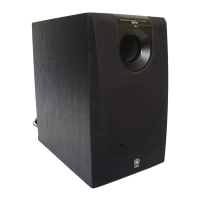
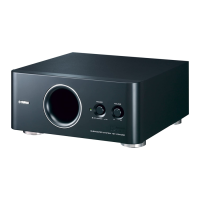

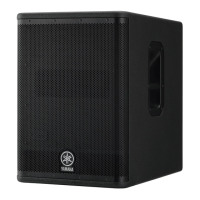
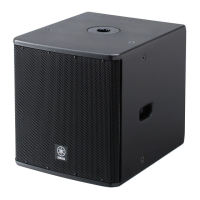
